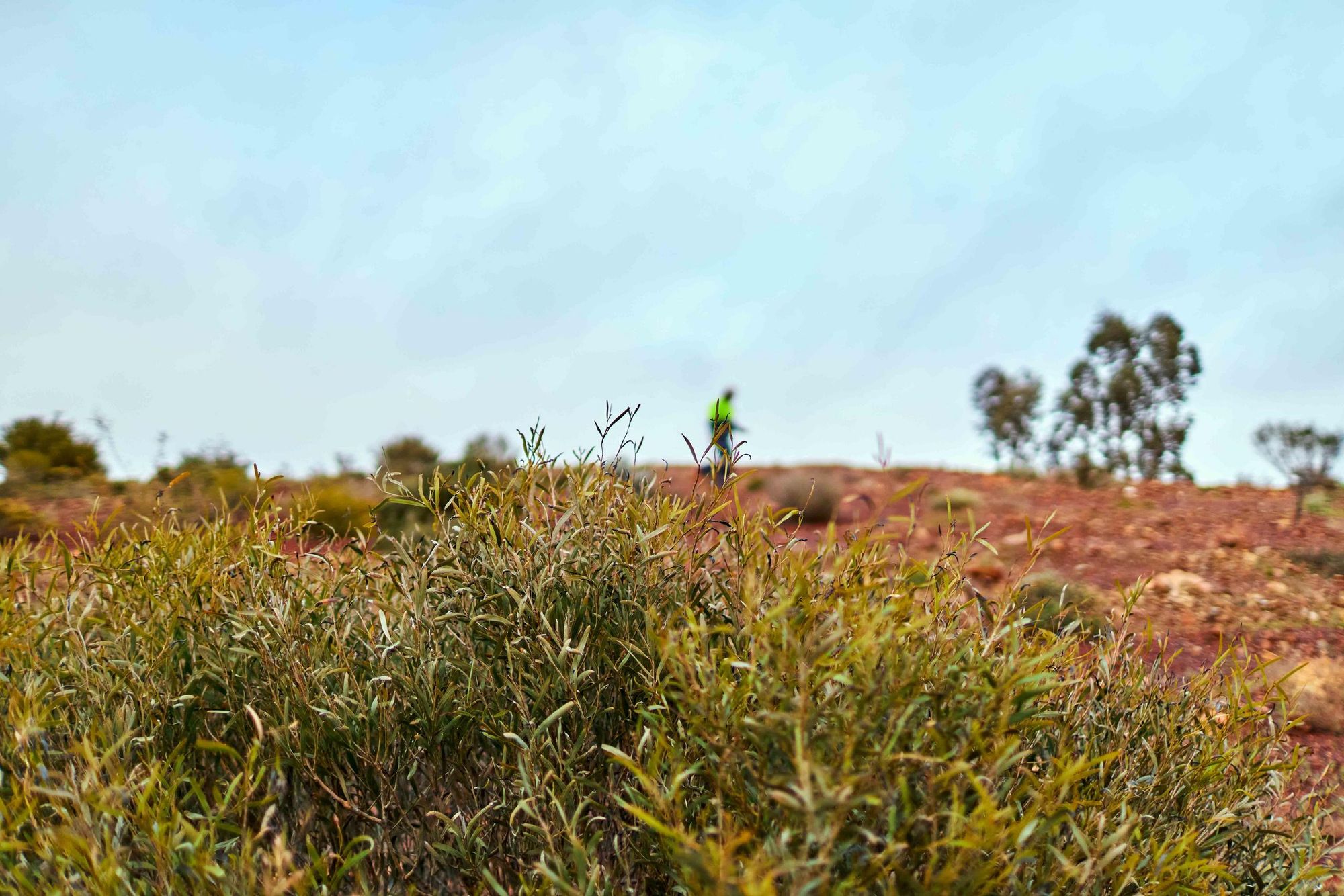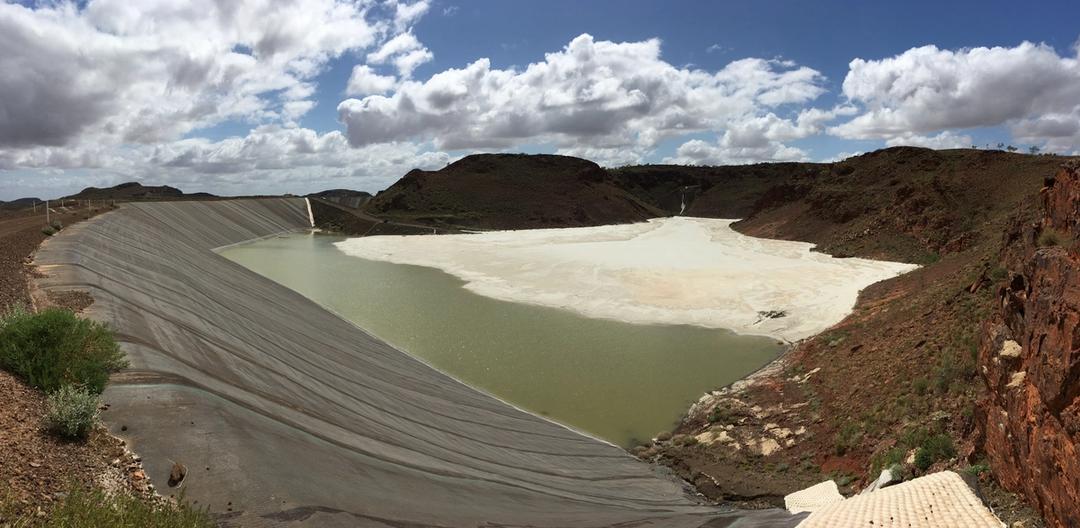Land management and rehabilitation
We recognise the important role of land management and rehabilitation in responsible mining across the life of a mining operation and are committed to integrating rehabilitation considerations throughout all stages of our activities.

Our management approach
Land disturbance is an inevitable part of the mining process.
We recognise the important role of land management and rehabilitation in responsible mining across the life of a mining operation.
A key aspect of mine closure planning is the rehabilitation of sites in an ecologically sustainable manner. Ecological restoration is critical to reinstating and improving ecological functions and ecosystem functioning, ensuring long-term closure outcomes forpost-mining landforms.
Rehabilitation
We aim to rehabilitate disturbed land to be safe to humans and ecosystems, ensuring it sustains an agreed post-mining land use, is geo-technically stable, geo-chemically non-polluting and non-contaminating, and doesn’t represent unacceptable liability to the State.
This commitment is in accordance with the WA Government Department of Energy, Mines, Industry Regulation and Safety (DEMIRS) objectives for mining activities.

Mining rehabilitation fund
We aim to comply with all applicable legislation and standards.
The Mining Rehabilitation Fund Act 2012 established the Mining Rehabilitation Fund (MRF) as a pooled fund, levied annually according to the environmental disturbance existing on a tenement.
Levies paid into the MRF support rehabilitation efforts where an operator fails to meet their rehabilitation obligations and every other effort has been made to recover the funds from the operator.
Tenement holders operating on Mining Act 1978 tenure are required to report data on land disturbance and land under rehabilitation to DEMIRS under the MRF.
MinRes recognises the nature and extent of our operations may lead to lasting impacts on the environment. To manage these impacts, we apply the mitigation hierarchy and to mitigate any residual impacts, we identify suitable offset areas. The overall objective for MinRes offset areas is to maintain or enhance environmental outcomes through the protection, maintenance and enhancement of habitat and establishment of high-quality ecological communities for a wide range of species.
We support research, seek to continually improve revegetation methods and conduct regular rehabilitation monitoring to ensure we progress towards achieving self-sustaining native vegetation.
Our approach to land management and rehabilitation aligns with regulator and stakeholder expectations and values.
We manage rehabilitation-related risks through our Enterprise Business Risk Register and Operational Risk Registers facilitated at each of our mine sites.
In accordance with the DEMIRS guidelines, we review our operations closure plans at least every three years to ensure they are suitable to guide the implementation of rehabilitation and mine closure for a project.
These registers are presented to the Audit and Risk Committee, Sustainability Committee, and the Board on a quarterly basis.
We also conduct regular rehabilitation monitoring to ensure we progress towards achieving self-sustaining native vegetation.
Refer to our 2024 Sustainability Report for our rehabilitation performance.





